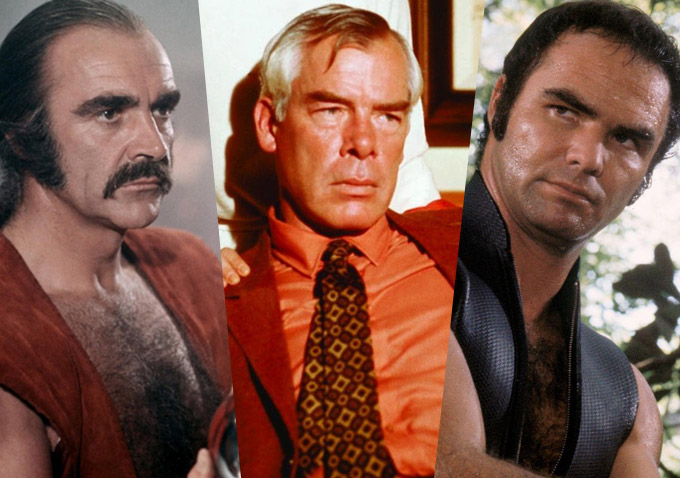 Though it was overshadowed at the time by sexier fare, one of the bigger events of last year’s Cannes Film Festival for cinephiles was the arrival of “Queen & Country,” the first film in eight years from 82-year-old director John Boorman (it’s a 27-years-later sequel of his Oscar-nominated “Hope & Glory”). With that film now in theaters and following a Film Forum retrospective of his work last month, we’ve looked back at the career of one of the most fascinating filmmakers of the last quarter-century.
Though it was overshadowed at the time by sexier fare, one of the bigger events of last year’s Cannes Film Festival for cinephiles was the arrival of “Queen & Country,” the first film in eight years from 82-year-old director John Boorman (it’s a 27-years-later sequel of his Oscar-nominated “Hope & Glory”). With that film now in theaters and following a Film Forum retrospective of his work last month, we’ve looked back at the career of one of the most fascinating filmmakers of the last quarter-century.
Never the most prolific of helmers (he’s made only seventeen features over a fifty-year career), Boorman’s also been tricky to pin down: there’s little on the surface that links the Nouveau Vague crime flick stylings of “Point Blank” to the big-budget excess of “Excalibur” to the sweet, modest “Queen & Country” (read our review of the latter here), to say nothing of the searing survival tale “Deliverance.”
Yet his films have been united by a quality that we can only call Boorman-esque: striking visuals, a sure rhythmic editing hand, a strong sense for place and atmosphere and a keen eye for casting. Even when his films don’t work, they’re always fascinating to watch. So we’ve picked out seven movies that we’d term to be true Boorman essentials as a brief primer to his career. Take a look below and let us know your favorites in the comments. And for Boorman, check out what he had to say at a Masterclass at the Marrakech Film Festival a few years back.
 “Point Blank” (1967)
“Point Blank” (1967)
A prime example of cinema so pure it improves over time, Boorman’s second film “Point Blank,” would have been a breathtakingly audacious picture from a veteran; from a sophomore filmmaker, it’s close to unprecedented. Loosely based on the pulp novel “The Hunter” by Richard Stark (aka Donald E. Westlake) and famously a flop on release, the movie now feels almost insolently cool, a revenge thriller so hard boiled and pared-back as to be quasi-existential. Indeed, alternate readings of the film put its New Wave-influenced irregular chronology and stylized environments down to it being part of an extended peri-mortem dream state. But whether or not you take it at face value, there’s no denying the magnificent craft on display. As bleak and brutal as it is —it’s the tale of a man methodically tracking down and exacting punishment on his betrayers in an early, bravura sequence in Alcatraz— the singlemindedness of Boorman’s film, mimicking that of its relentless, usually silent, implosive main character, is also reflected in the uninterrupted, clinical lines of his precise and often utterly barren locations. It contains the quintessential Lee Marvin performance —according to Boorman, it was Marvin’s playing a certain scene with Angie Dickinson completely silently, forcing her to answer questions that he never vocalized that worked so well it caused Boorman to rethink his approach to the script and the film. There is a sense that it’s a film about silence, emptiness and negative space: “Point Blank” is a straight-up genre picture that subtracts frills, flourishes and (literally) flowerpots until all that’s left is the essence —the idea of a pulp revenge thriller. Most films are structures built from the ground up; “Point Blank” is a sculpture.






awesome article. glad you decided to post this instead of another lame supercut.
"The Emerald Forest" should go before "Zardoz" and "Excalibur" easily.
Nigel Terry miscast and uncharismatic? Ha!
An overall excellent appraisal of Boorman\’s work.